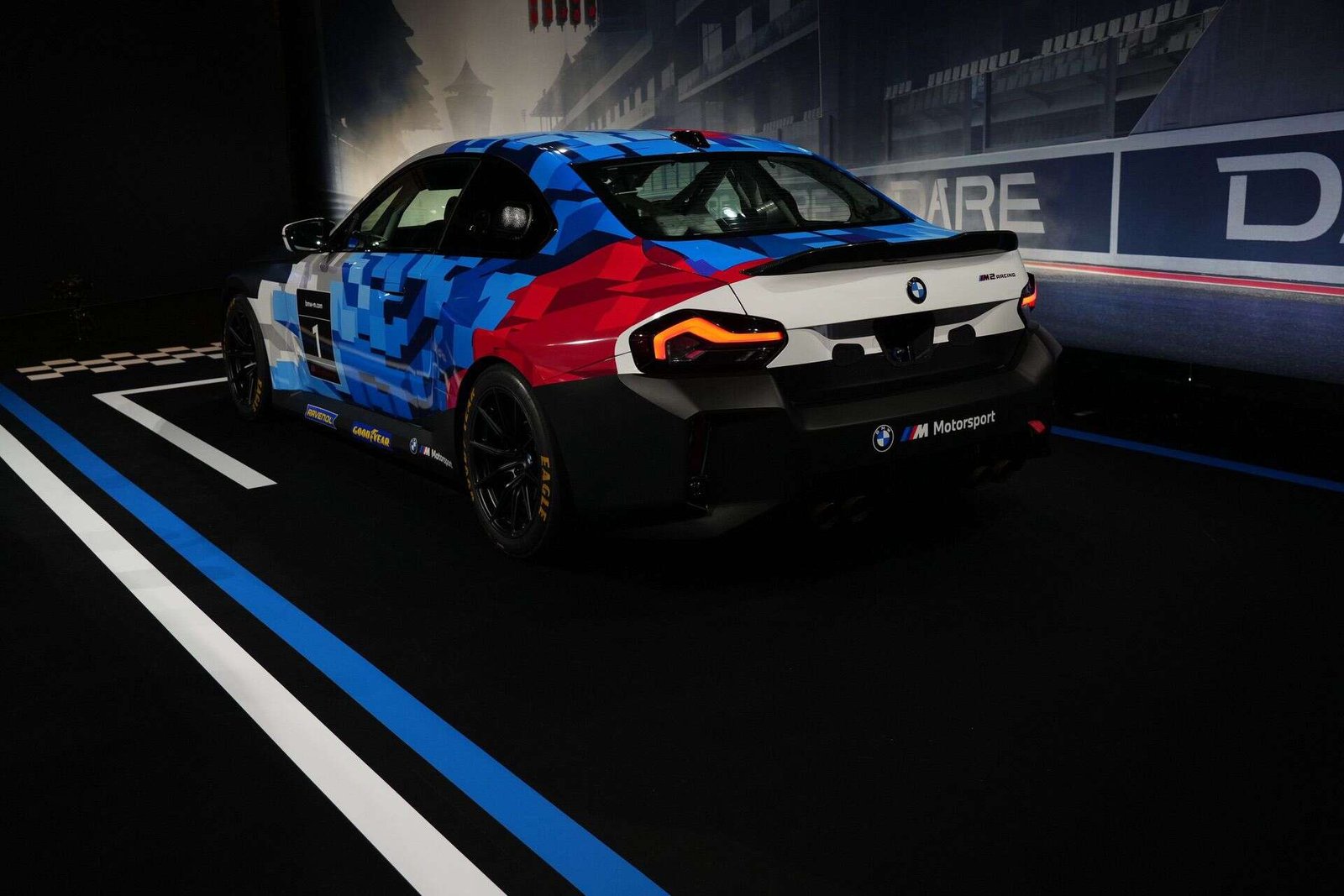
BMW took just about everyone by surprise when it launched the M2 Racing without the street car’s S58. It had a good reason to install the B48 instead. The smaller 2.0-liter engine incurs lower running costs. The downsized powertrain also lowers the car’s weight compared to the inline-six and puts less strain on the hardware. Additionally, the four-pot allows the track machine to qualify for racing series created for cars with smaller-displacement engines.
Although it’s missing two cylinders, the M2 Racing doesn’t lose the audible drama of its 3.0-liter counterpart. In fact, BMW’s new entry-level race car was originally too loud for the Nürburgring. M’s head of engineering told Bmwblog the race car initially didn’t meet the noise regulations. Here’s what Dirk Häcker said:
“We had to reduce the noise a little bit for the Nürburgring because there are different regulations for noise, but it sounds quite well.” He explained that additional hardware has been installed on the M2 Racing to make it quieter. Owners can remove it for tracks where the noise regulations aren’t as strict as they are at the Green Hell.
The M2 Racing uses an entirely different exhaust system compared to the road-going G87. It’s a motorsport-specific setup with a racing catalytic converter and an optional adjustable exhaust flap. BMW adapts piping from the M4 GT4’s exhaust system for the four-cylinder engine to make sure the car still roars.
If you plan to take your personal car to the famous German circuit, you should be aware that the Nürburgring actively monitors sound levels. One of the safety regulations applicable during Tourist Drives states that “the sound power level of 130 dB(A) must not be exceeded.”
On a related note, Häcker told Bmwblog the M2 Racing is actually faster at the Nordschleife than its six-cylinder predecessor, the M2 CS Racing (F87). At the same time, it’s conveniently slower than the more expensive M4 GT4.



